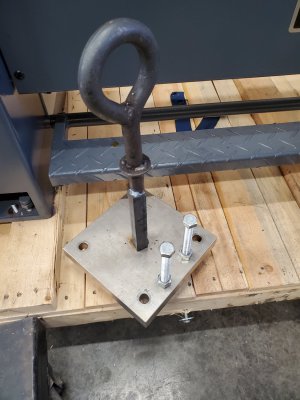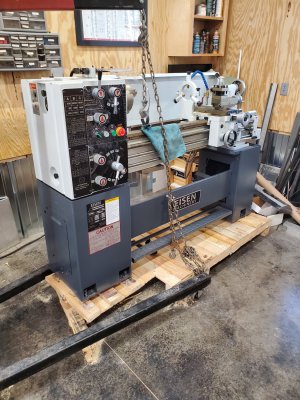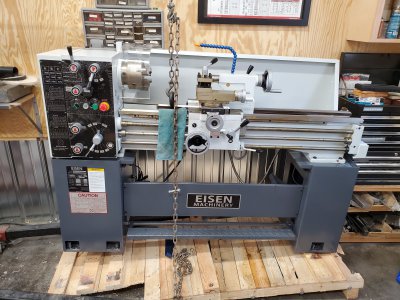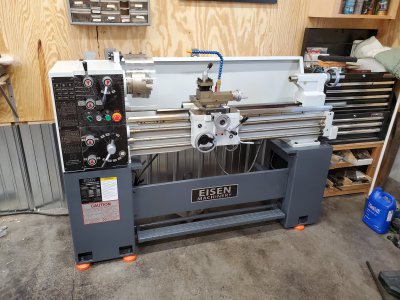- Joined
- Dec 28, 2022
- Messages
- 253
Hello all - I will be getting a 14x40 Lathe in the very near future (few months yet) and I seem to be stuck on how to actually get the lathe off of the pallet it will be on. I think I have everything else figured out, at least as far as I am aware - I know there is *always* that ONE thing.. I am in the country, I can buy or rent an engine hoist and straps if it will work, my concern is straddling the pallet.... I have a low ceiling in the garage so large equipment, like a Skid-steer, most likely won't have the height needed...
Thanks in advance for any advice/suggestions!
**edited delivery timeframe
Thanks in advance for any advice/suggestions!
**edited delivery timeframe
Last edited:





